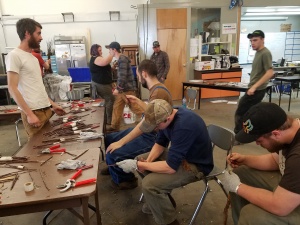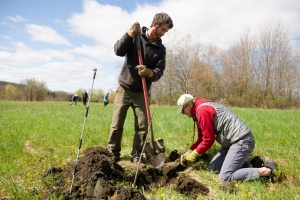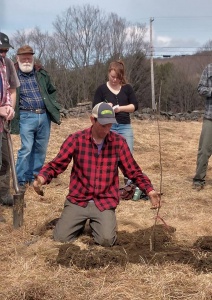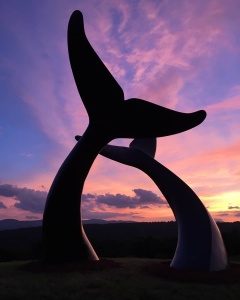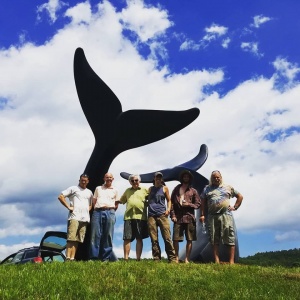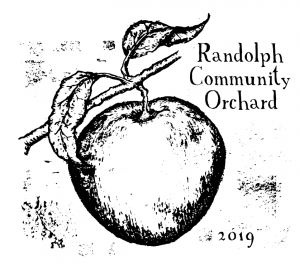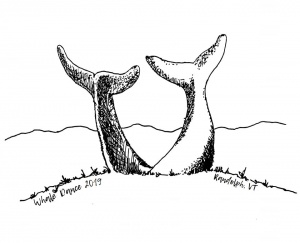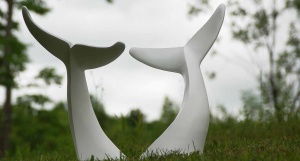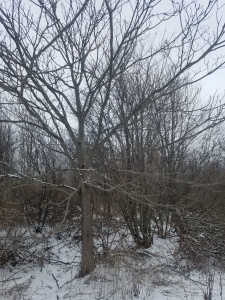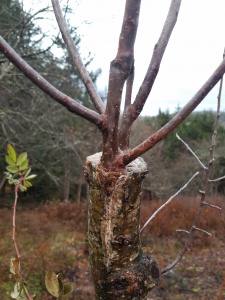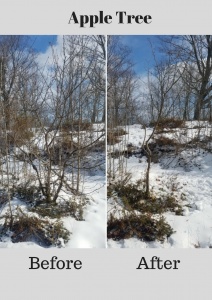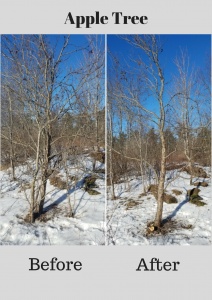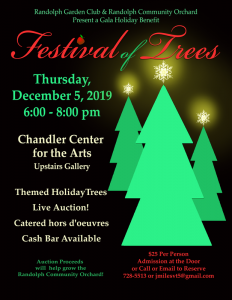 Randolph Area Garden Club teams up with Randolph Community Orchard to kick off this year’s holiday season with their sixth gala Festival of Trees, to be held in the Upper Gallery at Chandler Center for the Arts, Thursday, December 5, 2019, from 6-8 pm.
Randolph Area Garden Club teams up with Randolph Community Orchard to kick off this year’s holiday season with their sixth gala Festival of Trees, to be held in the Upper Gallery at Chandler Center for the Arts, Thursday, December 5, 2019, from 6-8 pm.
As in past years, the Festival will feature themed holiday trees, hors d’oeuvres, a cash bar, and desserts made by club members. This year the auction will be live, with Charlie McMeekin doing the honors as auctioneer. Proceeds from the auction will be donated to help grow the Community Orchard.
Holiday trees will be on display, decorated by club members and the Community Orchard. Themes will include a pollinators tree, a tree inspired by the Metropolitan Museum’s annual Neapolitan Baroque Créche tree, a kitchen garden tree filled with dried plant material and a plant-themed tree by the Community Orchard.
There will be some great auction items, such as unique art prints, Whale Tails tee shirts, a wine basket, a garden basket, an antique rocker with caning service, heirloom apple trees contributed by the Community Orchard to be picked up in the spring, and many more.
Randolph Community Orchard Inc., a 501(c)(3) non-profit organization, was formed in 2017 to create an educational public space within a landscape of tree-based perennial food production, where the public is invited to enjoy the open space, walk the land, eat the ripened fruits, and to contemplate the communal value of our working lands. Members of the Community Orchard have taught classes at local schools and hosted workshops for adults. They have planted heirloom cider apple trees, pear cider trees, heirloom eating pears, walnut and heartnut trees, and they have an off-site nursery growing future transplants.
Randolph Area Garden Club presents informational programming open to the public, plants local public spaces, including the Randolph welcome sign, funds two horticultural scholarships at VTC, maintains plants at Gifford Medical Center and at the club’s Blue Star Memorial project near the Gazebo on Main St., and holds an annual plant sale.
